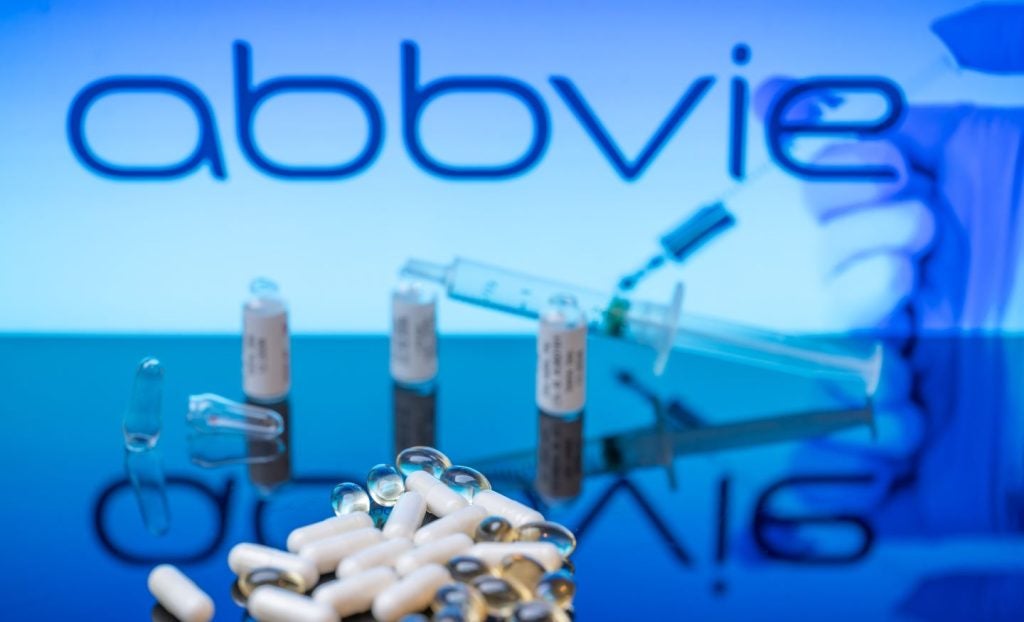Loncastuximab tesirine is under clinical development by Swedish Orphan Biovitrum and currently in Phase I for Burkitt Lymphoma. According to GlobalData, Phase I drugs for Burkitt Lymphoma have a 68% phase transition success rate (PTSR) indication benchmark for progressing into Phase II. GlobalData’s report assesses how Loncastuximab tesirine’s drug-specific PTSR and Likelihood of Approval (LoA) scores compare to the indication benchmarks. Buy the report here.
GlobalData tracks drug-specific phase transition and likelihood of approval scores, in addition to indication benchmarks based off 18 years of historical drug development data. Attributes of the drug, company and its clinical trials play a fundamental role in drug-specific PTSR and likelihood of approval.
Loncastuximab tesirine overview
Loncastuximab Tesirine (Zynlonta) is a CD19-directed antibody and alkylating agent conjugate, consisting of a humanized IgG1 kappa monoclonal antibody conjugated to SG3199, a pyrrolobenzodiazepine (PBD) dimer cytotoxic alkylating agent .It is formulated as lyophilized powder for solution for intravenous route of administration. Zynlonta is indicated for the treatment of adult patients with relapsed or refractory large B-cell lymphoma after two or more lines of systemic therapy, including diffuse large B-cell lymphoma (DLBCL) not otherwise specified, DLBCL arising from low-grade lymphoma, high-grade B-cell lymphoma, and B-cell non-Hodgkin Lymphoma.
loncastuximab tesirine (ADCT-402) is under development for the treatment of B-cell non-hodgkin lymphoma including Burkitt lymphoma, chronic lymphocytic leukemia (CLL), marginal zone B-cell lymphoma, extranodal marginal zone b-cell lymphoma, splenic marginal zone b-cell lymphoma, Waldenstrom macroglobulinemia (lymphoplasmacytic lymphoma), relapsed and refractory diffuse large B-cell lymphoma, follicular lymphoma and mantle cell lymphoma. The therapeutic candidate is administered intravenously. The drug candidate is an antibody drug conjugate consists of a monoclonal antibody combined to pyrrolobenzodiazepines (PBD) based warheads. The drug candidate targets CD19. The warheads are developed using pyrrolobenzodiazepines (PBDs) technology. It was under development for primary mediastinal large B-cell lymphoma, relapsed or refractory B-cell acute lymphocytic leukemia.
Swedish Orphan Biovitrum overview
Swedish Orphan Biovitrum (Sobi) is an integrated biopharmaceutical company. It focuses on the development of products for the treatment of a few rare diseases. The company specializes in biotechnology with prime capabilities in protein biochemistry and biologics manufacturing. Its product portfolio focuses on hemophilia, immunology, specialty care, inflammation, and genetic and metabolic diseases. The company also provides innovative treatment for conditions such as amyotrophic lateral sclerosis (ALS). Sobi also manufactures and markets specialty products for rare diseases for partner companies. The company has operational presence in Europe, the Middle East, North America, Russia, and Asia. Sobi is headquartered in Stockholm, Sweden.
For a complete picture of Loncastuximab tesirine’s drug-specific PTSR and LoA scores, buy the report here.
Data Insights
From

The gold standard of business intelligence.
Blending expert knowledge with cutting-edge technology, GlobalData’s unrivalled proprietary data will enable you to decode what’s happening in your market. You can make better informed decisions and gain a future-proof advantage over your competitors.





